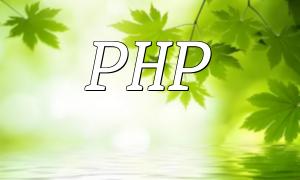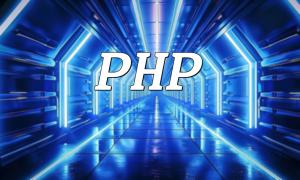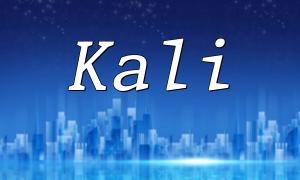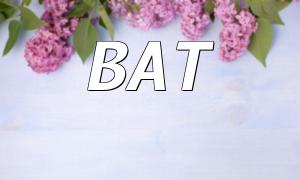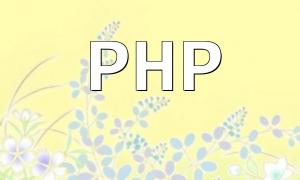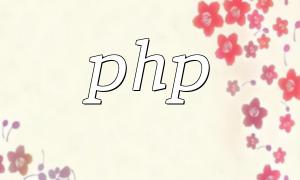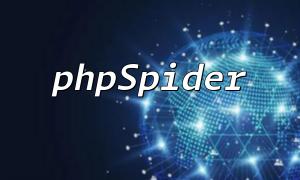PHP is a widely used server-side scripting language in modern web development. To efficiently install and manage PHP on Linux systems, YUM (Yellowdog Updater Modified) serves as a popular package management tool that offers a simple and fast solution. This article thoroughly explains the directory structure of PHP installed via YUM to help developers better understand its file layout and configuration essentials.
YUM is a command-line package manager designed for RPM-based Linux distributions, capable of automatically resolving package dependencies and simplifying the installation and update processes. With YUM, users can easily install PHP and its extensions while keeping system software up to date.
To install PHP on a Linux system with YUM, simply run the following command:
<span class="fun">sudo yum install php</span>
This command automatically handles dependencies and installs PHP along with its components completely.
Understanding the directory structure after installation is critical for configuration and maintenance. Below are several key directories:
/etc/php.d: Contains configuration files for PHP extensions, where users can enable or disable specific extensions.
/usr/bin: The location of PHP executable files. You can check the installed PHP version using the php -v command.
/var/log/php-fpm: Directory for PHP-FPM service log files, useful for monitoring the service status and troubleshooting issues.
The primary PHP configuration file /etc/php.ini is essential for tuning the runtime environment. In this file, you can:
- Adjust memory limits to improve script execution efficiency.
- Configure error logging to facilitate debugging and issue resolution.
Installing PHP with YUM not only simplifies the installation process but also ensures timely updates and maintenance of software packages. Familiarity with the installed directory structure and configuration files helps manage the PHP environment more effectively, enhancing development and operational efficiency. Whether you are a beginner or an experienced developer, mastering these concepts will make PHP-related tasks much smoother.
